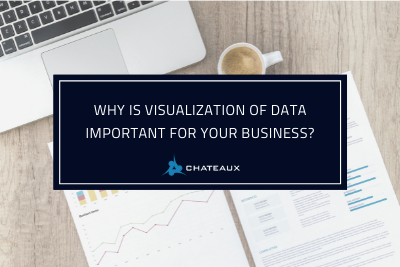Chateaux Joins Partner Canon Information and Imaging Solutions to Present “Improve, Integrate and Automate Document Intensive Processes” Webinar
Chateaux hosted a webinar, “Improve, Integrate and Automate Document
Intensive Processes,” with Canon Information and Imaging Solutions (CIIS) on May 7, 2014 to a virtual crowd of executives and IT professionals. Participants tuned in to learn about the challenges and best practices of document management, and how they are achieved with CIIS Enterprise Imaging Platform (EIP).
Ken Zimmerman, Chateaux Principal, began the webcast with an overview of key challenges facing document-intensive industries such as financial services, healthcare, and professional services. “Document processing is really about improving the workflow efficiency but without compromising integrity,” stated Zimmerman. “But it’s not just a workflow or paper problem, it is an information workflow problem.”
Some of today’s challenges include: difficulty in meeting changing regulatory frameworks such as SOX, restricting access to sensitive document information without reducing productivity, disaster planning with paper documents, the manual and error-prone nature of document processing and transferring document information into enterprise transactional systems, and global sharing of multiple document types. We walked through different scenarios such as invoice processing, proposal generation, and mortgage processing.
To improve document-intensive processes it’s important to approach the problem as an information and workflow process issue and not as a scan-and-save issue. “Document capturing is a good first step, but the evolution is to the automation of extraction and validation of paper-based information, integrating and disseminating that information to the enterprise, and then to enable that secure information delivery to any device,” Zimmerman explained.
CIIS aims to help provide solutions in this regard, such as Enterprise Imaging Platform (EIP). “Document intensive processes can be improved through automation, by bring together imaging technologies along with information management software and expertise,” said Lisa Thorne, Channel Development Manager, CIIS. Thorne discussed the capabilities and benefits of EIP, which combine robust document imaging (capture, creation, and process automation) with an enterprise application integration (EAI) platform.
Haider Naqvi, Solutions Architect, CIIS, then followed with a demonstration of CIIS’ procure-to-pay solution with EIP. Naqvi described how the roles of Scan Administrator, Supplier Manager, and Accounts Payable (AP) Team work together to execute the procure-to-pay process in the solution. He demonstrated the following:
- Scanned and digital documents (directly from emails, as an example) are captured in a central repository
- Relevant information and items such as invoices are automatically extracted from these documents for verification and approval
- Once approved via workflow, this information is sent directly to enterprise applications such as Oracle JD Edwards EnterpriseOne for processing
Reporting and analytics capabilities are also available to monitor this entire process. “This platform has a lot of capabilities, and the architecture is very extendable,” said Naqvi.
Thorne followed the demonstration with a discussion of an EIP case study with a large global consumer products company. They were using their own in-house ERP system and a BI tool for forms creation for nightly invoicing. Their issues included: long invoice processing times, poor error recovery, limited archiving capabilities, and no print management capabilities. After implementing EIP, the results in a year of use were very dramatic:
- 6x improvement in processing time from 2 hours to 20 minutes
- Multi-phase error recovery
- Increased scalability
- Flexible archiving and retrieval
- Efficient print management, with email and fax capabilities
The Q&A session at the end of the webinar helped to answer some insightful questions from the audience.
The information from the webinar clearly demonstrated how document capture and storage is not enough. Companies need to integrate paper-based information across systems, processes, and devices to elevate collaboration around data and optimize business processes.
If you were unable to attend the live webinar, the recorded session is now available here to review at your leisure.









